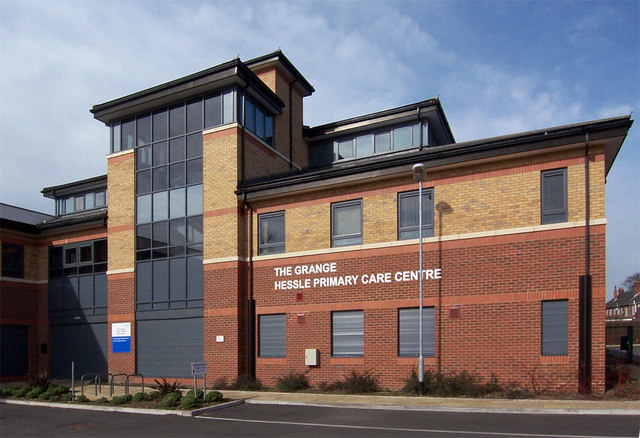Physician Associates in Primary Care: Navigating the Evolving Landscape
The ever-evolving landscape of primary care finds itself at a crossroads when it comes to the role of Physician Associates (PAs). While some hail them as indispensable allies in tackling the physician shortage and improving access to care, others express concerns about potential compromises to quality and the dilution of the doctor-patient relationship. Examining both sides of this debate reveals a complex picture, demanding nuanced solutions rather than simplistic pronouncements.
Championing the Role of PAs:
From a pragmatic perspective, PAs offer several compelling advantages:
- Efficiency and Access: Their ability to handle routine consultations, manage chronic conditions, and prescribe medication frees up doctors for complex cases, reducing wait times and improving access, particularly in underserved areas.
- Cost-Effectiveness: Studies suggest that PAs deliver comparable care at lower costs compared to doctors, offering a sustainable solution for strained healthcare budgets.
- Patient Satisfaction: Many patients appreciate the approachable and empathetic nature of PAs, often fostering strong patient-provider relationships built on trust and clear communication.
- Diversity of Healthcare: PAs often come from diverse backgrounds, potentially addressing the crucial need for increased cultural competency and representation in the medical field.
Addressing the Concerns:
However, legitimate concerns regarding PAs also deserve attention:
- Limited Expertise: While their training is rigorous, some argue it cannot match the depth and breadth of knowledge acquired by doctors, potentially impacting the diagnosis and management of complex cases.
- Supervision and Continuity: The reliance on doctor supervision raises concerns about continuity of care and potential delays in decision-making, especially in areas with limited physician availability.
- Standardization Issues: Variations in scope of practice among PAs across regions might cause confusion and inconsistency in patient care.
- Potential Dilution of the Doctor-Patient Relationship: Critics worry that over-reliance on PAs could diminish the personal touch and trust traditionally associated with doctor-patient interactions.
Finding Common Ground:
Instead of viewing PAs as potential replacements for doctors, the focus should shift towards collaboration and teamwork. By leveraging the strengths of both professionals, we can optimize primary care delivery:
- Clear Role Definition: Establishing well-defined boundaries for PA practice based on their skillset and supervision ensures they deliver appropriate care within their scope.
- Investment in Training and Mentorship: Continuous professional development for PAs coupled with robust mentorship programs led by doctors can address any knowledge gaps and ensure quality care.
- Transparency and Communication: Open communication between patients, PAs, and doctors regarding roles and responsibilities builds trust and avoids confusion.
A Balanced Future for Primary Care:
Ultimately, the use of PAs in primary care is not a binary issue. Acknowledging both the advantages and challenges presented by their role allows for nuanced solutions that utilize their strengths while addressing valid concerns. By fostering collaboration, transparency, and continuous improvement, we can create a healthcare system where PAs and doctors work together to deliver high-quality, accessible, and patient-centered care. PAs are not going any time soon so this is something that some hard-line militant doctors had best get over. This will not only benefit individual patients but also strengthen the overall healthcare landscape for the future.
Please share below.




Comments
Post a Comment